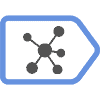 Artificial Intelligence
Artificial Intelligence Deep Learning
Deep Learning Machine Learning
Machine Learning Computer Vision
Computer Vision Math and Logic
Math and Logic Core Concepts
Core Concepts Algorithms
Algorithms

Tag: Neural Networks
Explore the guides below to learn about basic and more advanced neural network topics.

Explore the guides below to learn about basic and more advanced neural network topics.